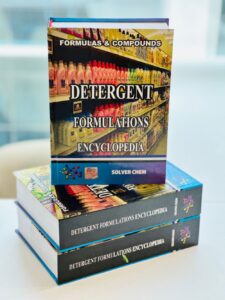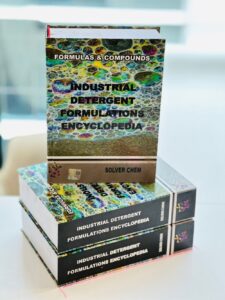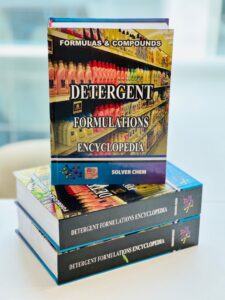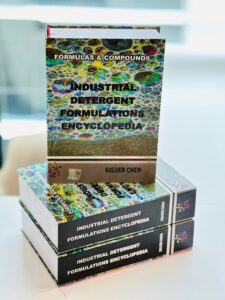
 💦 Rinse Aids for Industrial Dishwashing Systems – Production, Formulation and Properties
💦 Rinse Aids for Industrial Dishwashing Systems – Production, Formulation and Properties
Overview:
Rinse aids are specialized finishing agents used in industrial and institutional dishwashing systems to promote rapid drying, prevent water spots, and enhance the visual clarity of glassware, cutlery, and dishes.
They work by reducing the surface tension of water, allowing rinse water to sheet off evenly rather than forming droplets that leave residues or streaks.
In high-speed commercial dishwashers, rinse aids are critical for achieving spotless, shiny, and streak-free results, especially under hard-water and high-temperature (70–85°C) conditions.
They are formulated with non-ionic surfactants, hydrotropes, alcohols, and acid-based neutralizers, which together improve water drainage and drying efficiency.
Rinse aids are typically automatically dosed into the final rinse stage of dishwashing machines.
They are compatible with alkaline and oxygen-based detergents and designed to work efficiently across a wide range of water hardness levels, ensuring excellent rinsing and hygienic drying in professional dishwashing operations.
Production and Formulation:
The production of rinse aids requires precise blending of surfactants, solvents, and acids under controlled pH and temperature conditions to ensure uniformity and stability.
Typical formulation components include:
-
Low-Foam Nonionic Surfactants: Ethoxylated alcohols or block copolymers to lower surface tension.
-
Hydrotropes: Such as sodium xylene sulfonate to enhance solubility and clarity.
-
Alcohols: Isopropanol or ethanol to improve wetting and drying performance.
-
Acid Neutralizers: Citric acid or organic acids to neutralize alkaline residues from detergents.
-
Water Softeners: MGDA, GLDA, or phosphonates to prevent calcium deposits and scaling.
-
Dyes and Fragrance (optional): For visual identification and pleasant scent.
-
Preservatives: Prevent microbial contamination during storage.
Production process:
-
Mixing: Surfactants and solvents are blended under mild heating (30–45°C).
-
Addition of Hydrotropes and Acids: To achieve target pH (typically 2–4).
-
Homogenization: Ensures full solubility and optical clarity.
-
Cooling and Filtration: Removes any undissolved particles.
-
Filling and Packaging: Product is filled into corrosion-resistant HDPE or PET containers for automatic dosing systems.
The final rinse aid must remain clear, stable, and non-foaming under industrial rinse conditions.
Properties:
-
Surface Tension Reduction: Promotes even water sheeting and rapid drying.
-
Low-Foam Formula: Prevents interference with mechanical washing systems.
-
Acidic pH (2–4): Neutralizes alkaline detergent residues and prevents spotting.
-
Enhanced Shine: Leaves dishes and glassware clear, glossy, and streak-free.
-
Water Softening: Prevents scale and calcium deposits on utensils.
-
Fast Drying Performance: Reduces drying time in high-temperature rinse cycles.
-
Compatibility: Works with all industrial dishwasher detergents.
-
Thermal Stability: Maintains performance up to 85°C rinse temperatures.
-
Eco-Friendly Options: Phosphate-free and biodegradable surfactant systems available.
-
Automatic Dosing Ready: Consistent performance with commercial dispensing systems.
Summary:
Rinse aids for industrial dishwashing systems are indispensable finishing agents that ensure sparkling, streak-free, and hygienic results.
By combining low-foam surfactants, hydrotropes, and mild acids, they provide fast drying, improved shine, and protection against mineral residues.
Modern formulations emphasize eco-friendly, phosphate-free ingredients that maintain excellent clarity and performance, making rinse aids an essential complement to professional dishwashing detergents in hotels, hospitals, and institutional kitchens.


